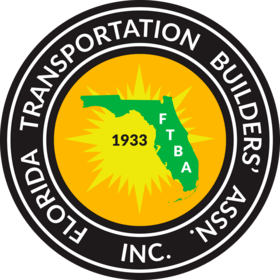Along with Hurricane Harvey, Irma set records with her power, and the devastation she left in her wake. Irma destroyed more than 90% of the structures on Caribbean islands and left thousands without homes.
Hurricanes affect and alter every ecosystem they pass through including both land and sea. Now that Hurricanes Harvey and Irma has passed, scientists are taking stock of the damage to understand what’s happened, learn from it and learn to be more resilient in future scenarios.
As Hurricane Irma pushed over land, it poured water into lakes, streams, and rivers. When these waterways swelled and overflowed their banks, they engulfed roads, destroyed homes and bridges and sent animals scrambling to reach higher grounds. Alligators migrated to escape the cold rainwater rush - they got flooded out of their homes and had to evacuate too.
Researchers are conducting studies each year to gain a baseline with which to compare water pre-disaster and post-disaster and test for bacteria, carcinogens, and contaminants. Officials are concerned that Hurricane Irma could have spread pathogens like typhoid and cholera as well as hazardous chemical runoff. Meanwhile, rivers themselves are reshaped by water cutting into their banks, flinging rocks and sediments around and carrying trash and branches. Because these issues cause oxygen levels in lakes, rivers, and wetlands to drop, fish begin to die.
It is too soon to know how long it will take the ecosystem to recover from Hurricane Irma, but officials are working hard to gain knowledge to protect the safety of our communities.











